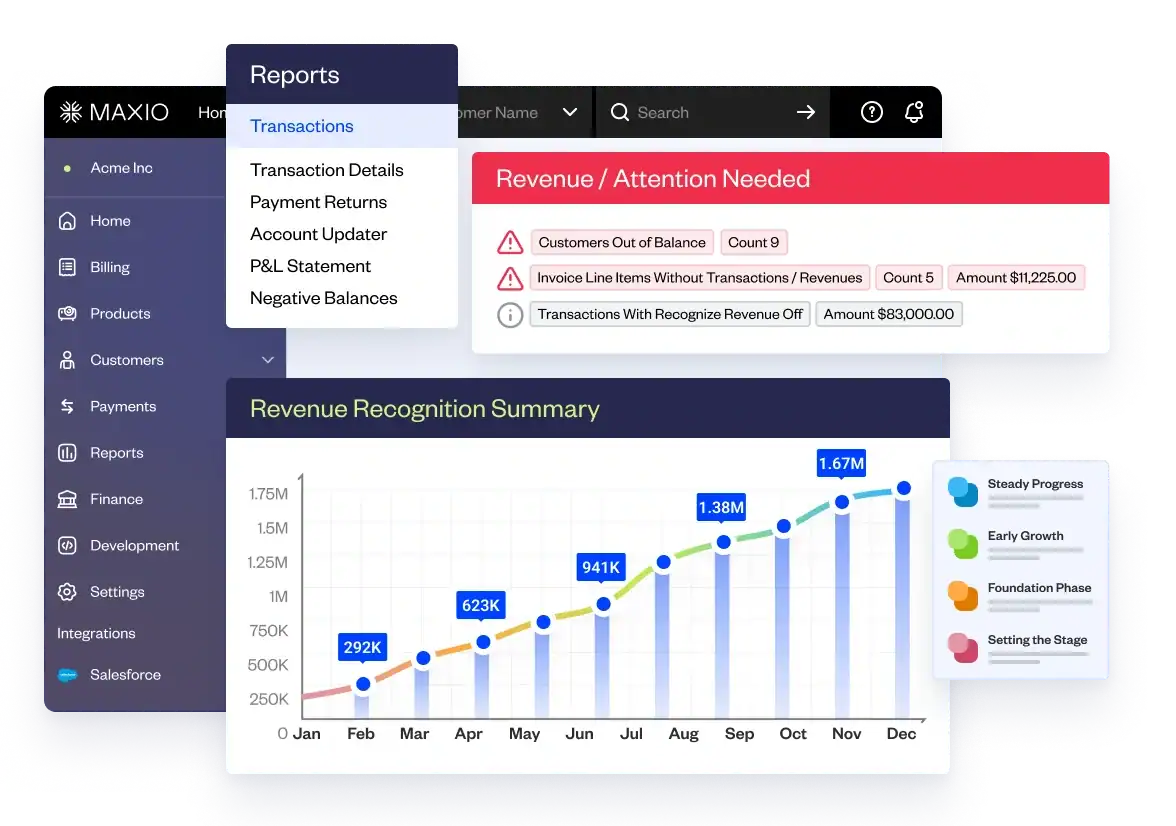As we enter a period of great uncertainty in SaaS, companies are re-examining their payment terms in light of their strategic objectives. Some businesses will look to maximize cash flow by moving from monthly to annual payments, while others may wish to mitigate churn by renewing annual customers on monthly terms.
Regardless of the objective, changes in payment terms can have a significant impact on the business that will not appear on the income statement. For example, a $3.0 million ARR SaaS business growing at 40% and billing annually in advance will collect $4.2 million in the next twelve months, while a SaaS company growing at the same pace but billing monthly will only collect $3.6 million.
Changing payment terms for renewing customers can also significantly, although temporary, impact cash flow. The Billing Change Calculator is designed to easily quantify the cash flow impact of changing billing terms.
Balancing Cash, Retention, and Price
Adjusting payment terms is a balancing act between cash flow timing, customer acquisition, customer retention, and discounts. Annual payments improve cash flow but typically require discounts, while monthly offerings may serve to mitigate churn or streamline adoption but generate less near-term cash.
The downloadable Billing Change Calculator will help answer questions like; if I move 30% of my renewals from annual to monthly payments, and that reduces churn by two percentage points, how will that impact my cash flow? Or, if we shift all new bookings in the coming year to annual payments from only 50% today, and the pre-pay discount is 10%, how will that impact cash?
Payment Term Fundamentals
Payment terms only impact a company’s cash flow to the extent that it’s adding new customers or changing the terms. As such, the impact of payment terms is most pronounced in high-growth companies. Said differently, the annual cash flow from an installed base of customers is the same regardless of whether they pay monthly or annually, and cash flow from the installed base only changes if the terms change. And if you do change the payment terms for renewals, cash flow is only impacted in the first year of the change.
One number to keep in mind when changing payment terms is 46%. When new bookings are spread-out evenly throughout the year, a cohort of annually paying customers will generate 46% more cash than monthly paying customers. This math is also true for the first year after changing renewal payment terms from monthly to annual.
Conversely, new monthly bookings, or renewals moved from annual to monthly payments, will generate 46% less cash in the first year than if they were annual in advance payments.
The model supporting these percentages is in the Supporting Schedules tab of the Billing Change Calculator.
Variability in Cash Flows
For most SaaS businesses, bookings tend to be lumpy. This may be due to seasonality, quarterly sales cycles, or simply due to large customers. For companies with annual billing, the lumpiness in bookings translates into a lumpiness in cash flow during the year.
Monthly payment terms, while a disadvantage from a cash flow perspective, have the benefit of eliminating this variability. Cash collection variability, particularly seasonality, can create meaningful operational challenges, which I will discuss in a future post.
The Valuation Impact of Payment Terms
Most SaaS businesses offer a discount for annual payments over monthly ones, which makes intuitive sense to both sides. However, because SaaS businesses trade at a multiple of revenue, and discounts decrease revenue, they have an outsized impact on valuation. The decrease in valuation will equal the annual dollar amount of discounts times the valuation multiple. For a $5.0 million SaaS business offering a 10% discount for annual payments and trading at six times revenue, the valuation reduction is $3.0 million.
In addition, heavy discounting will lower the company’s growth rate, which will then lower the valuation multiple.
And one final point; annual payments create deferred revenue, which is deducted from the company’s value in a transaction. This offsets the working capital benefit of advance payments at the time of the transaction.
This is not to suggest that annual discounts are a bad idea. In fact, they may allow the company to avoid raising incremental equity (especially early on), thereby creating significant value for the founders and early investors. I know of one entrepreneur who secured fully paid-in-advance contracts from his first few customers. By doing so, he funded his business without raising a seed or Series A round of equity.
Scenario Planning Changes in Billing Terms
While billing terms are a powerful operating lever, most SaaS businesses will want to avoid making wholesale changes. There are likely good reasons why the terms were established the way they are now. That said, some businesses will want to increase the flexibility they offer their customers, or they may want to model changes in customer preferences amongst their current payment offerings.
In addition, some companies may wish to layer usage-based pricing (UBP) models on top of their annual subscription models. UBP is predominately billed monthly and has different cash flow implications.
The Billing Change Calculator is a quick way to model the high-level impact of changes in payment terms on cash flow over the next year. It should be used as a starting point to work through different scenarios and their overall impact on cash. Changes may have a larger or smaller impact than you imagined. Once the billing terms for the upcoming year have been determined, and full cash flow forecast should be built.






